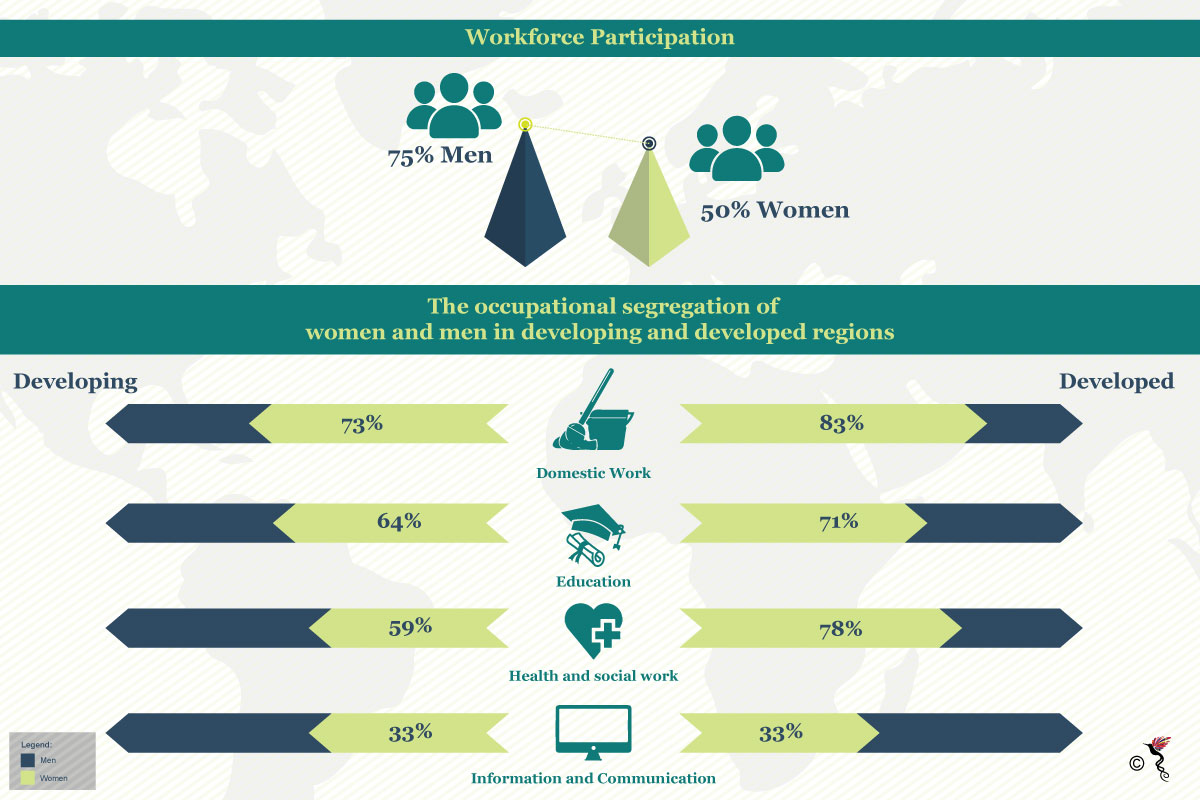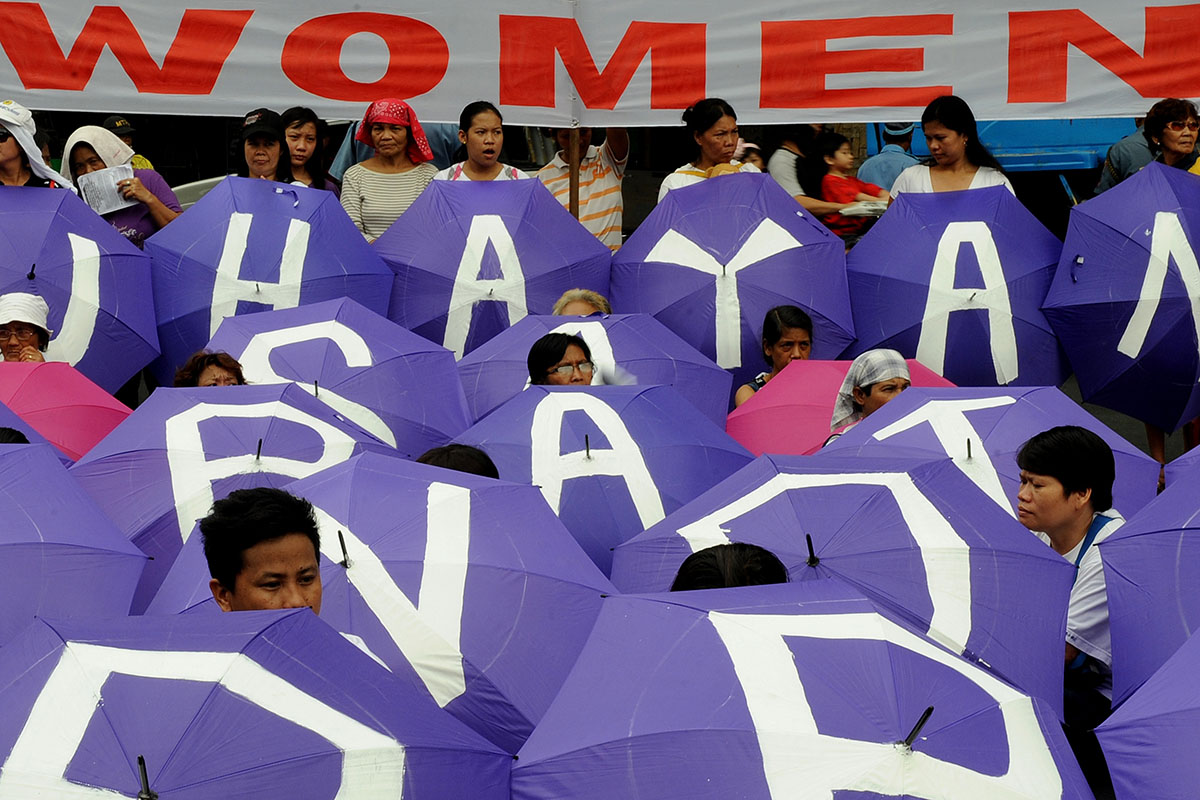The workplace is not an unfamiliar territory to women in the Southeast Asian region. The Philippines ranks ninth in the world for gender equity where women are given the opportunity to participate in politics, to have multiple seats on company boards and so on. However, the lack of gender diversification in the workplace is still immensely visible in local and international companies alike throughout the region. According to a report released by the ADB (Asian Development Bank), it stated that women in Asia are “on average 70 percent less likely than men to be in the labour force. This gap persists despite economic growth, decreasing fertility rates, and increasing education.”
Despite proving their competency in some countries in the region, “women in South-East Asia continue to face challenges in translating their knowledge assets into financial and economic empowerment. They are often relegated to informal work with no legal protection or employment benefits,” states a report by the World Economic Forum. For example, only 31 percent of working women in Vietnam are employed formally, while 69 percent are engaged in informal work.
Even in Singapore, a developed market in Southeast Asia, which boasts a female employment rate of 89 percent, women remain foiled in their advancement in corporate and political sectors. Women in managerial positions are also expected to uphold a more compliant attitude; which is not expected of men in return. As a result, they also receive less reward for their efforts, whereby on average they earn 10 percent less than men for the same job across most industries.
Not surprisingly, the lack of active female participation in the workforce has costly ramifications on ASEAN’s economy. In other words, investing too little in competent women reduces the quality of the workforce which subsequently impedes its capacity for growth.

The comparison of workforce participation rates between genders globally and the occupational segregations between genders in developing and developed nations from The World's Women 2015: Trends and Statistics report, which is published every five years by the United Nations.
What hinders Southeast Asian women from joining the workforce?
As mentioned above, women face a labour market that offers them lower wages and lower quality jobs than those of their male counterparts. This is demotivating and it hinders women from joining the workforce.
When contacted by The ASEAN Post, Tan Heang-Lee from the WAO (Women’s Aid Organization) said, “women, especially mothers, experience discrimination at work. According to a 2016 survey by WAO, about 40 percent of pregnant women were discriminated by employers. This includes making their positions redundant, denying them promotions, placing them on prolonged probation, demoting them, and terminating their jobs.”
In some countries, women are still expected to stay at home and focus on daily household chores, which in turn stopped them from seeking employment.
What can policymakers do to encourage more women to join the workforce?
To attract more female talent to the workforce, company policies should be made to promote a more flexible and family-friendly workplace with supportive environments that would allow equitable and efficient distribution of time.
In some countries in Southeast Asia, measures should be established to increase the security and protection of female workers against discrimination as well. To encourage more women to seek better workplace opportunities, policies that openly promote skills-training should also be instituted. This will ensure that more women are seen and heard in traditionally male-dominated jobs which will then open doors for women to hold more board seats in companies across the region.
